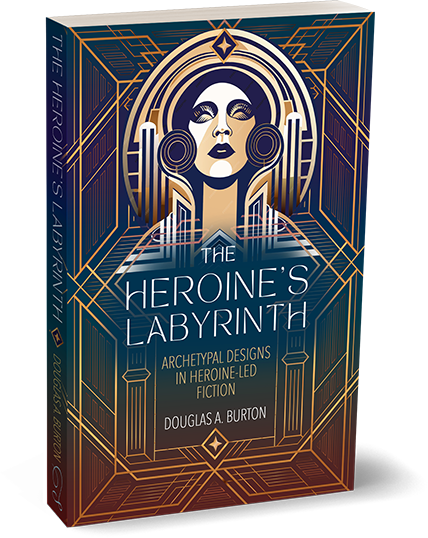
The Heroine’s Labyrinth
Welcome, everyone!
You’ve found the entrance to the heroine’s labyrinth and are probably curious as to what it is, what it means, and how you can use the ideas of the labyrinth for your stories. In short, the heroine’s labyrinth is a narrative model that follows recurrent themes and archetypal designs, similar but not in opposition to the hero’s journey.
The heroine’s labyrinth is a new perspective—a lens through which storytellers may interpret, understand, and construct stories. We find different lessons and emphasize new but familiar growth arcs by focusing on the heroine as a cultural figurehead in fiction.
Many storytellers will continue to benefit from a hero’s journey interpretation of a story but now have a whole new toolbox to perceive story structure, character development, and archetypal designs.

A novel of Byzantine Empress Theodora
Far Away Bird
Discover the novel that started it all! While writing the historical fiction novel Far Away Bird, author Douglas A Burton realized that the hero’s journey—a storytelling model he studied for decades—didn’t work for his story. On the pages of this book, Byzantine Empress Theodora and mythologist Joseph Campbell battled each other for months. In the end, Empress Theodora won. To find an alternative narrative model, the author turned to numerous heroine-centric works of fiction. Burton studied film, literature, comic books, and TV shows nearly every day for years. The notes on recurrent themes and patterns provided the new framework needed for structuring and completing Empress Theodora’s amazing journey. To see how the heroine’s labyrinth can work for your novel, read Far Away Bird.
AVAILABLE IN PAPERBACK & HARDCOVER
Cover art illustration by George Frei
ALSO AVAILABLE IN AUDIOBOOK
Narrated by Mary Sarah
Original Music by Luci Williams
Award-winning author of Far Away Bird
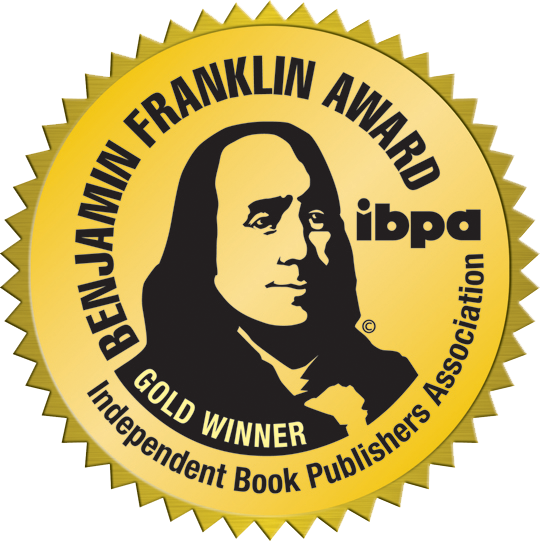
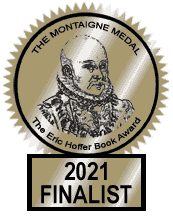
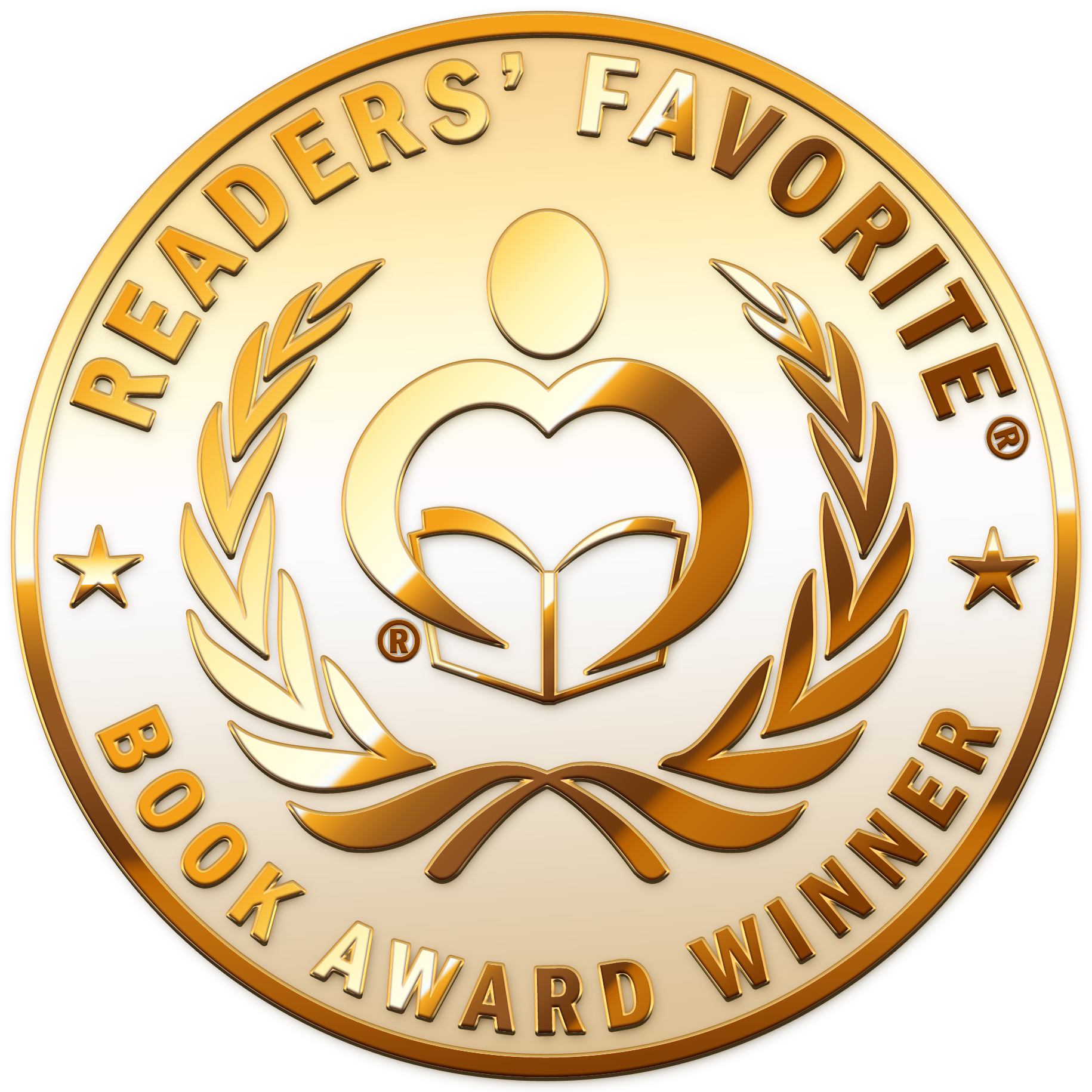
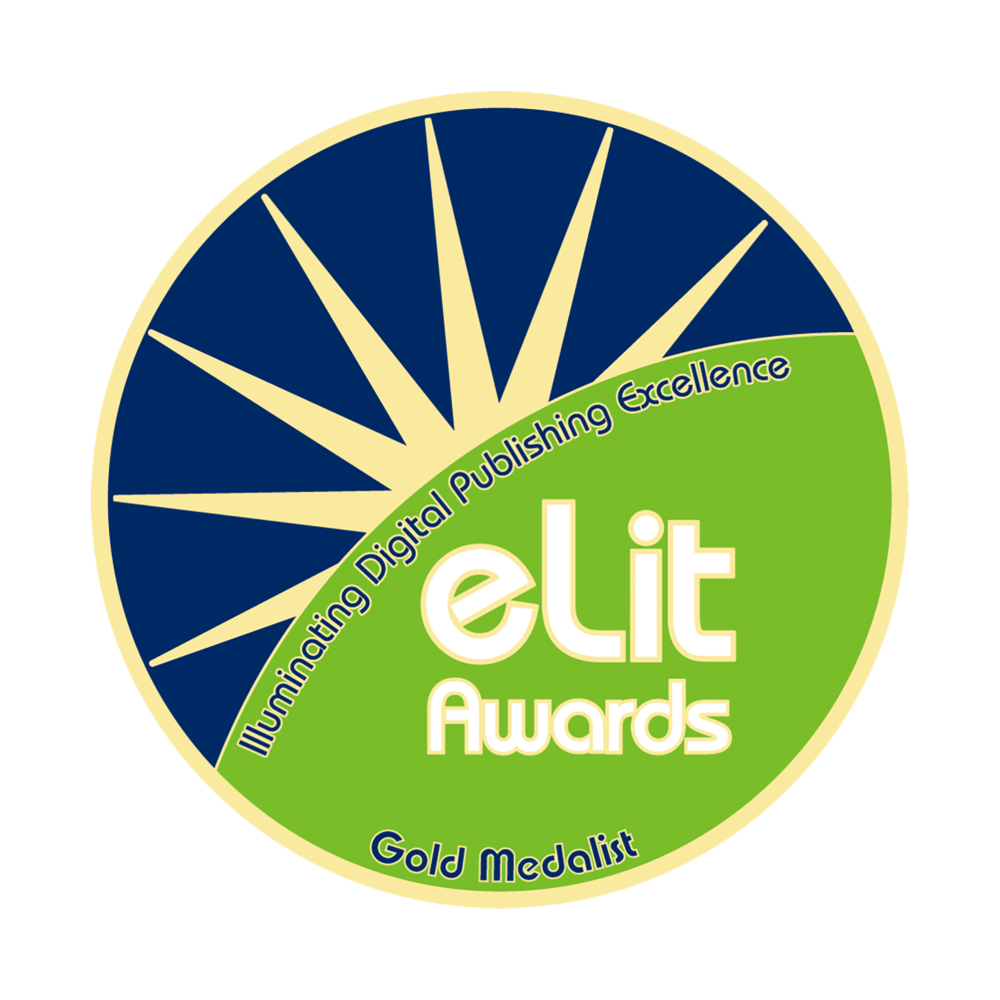
Who Am I?
You might be asking yourself, just who the heck is this guy? Good question. I’m Douglas A Burton—father, husband, novelist, creative writer, and avid reader. I discovered my passion for storytelling while watching the great films of the 1980s and 90s. I fell in love with the films of George Lucas, Steven Spielberg, James Cameron, Robert Zemeckis, John Milius, Nicholas Meyer, John Carpenter, Paul Verhoeven, and John Hughes. Sometime in 1998, I discovered the Hero’s Journey while visiting a Star Wars exhibit at the Museum of Science & Industry in Chicago. I bought a book in the gift shop called Star Wars: The Magic of Myth by Mary Henderson, which led me to Christopher Vogler’s The Writer’s Journey: Mythic Stricture for Writers and, eventually, The Hero with a Thousand Faces by Joseph Campbell.
I became obsessed.
The idea of secret but identifiable patterns in stories became something I studied in my spare time as if my life depended on it. I created an entire archive of movies that I mapped out in terms of their structure, patterns, and themes. Some stories mapped out perfectly with the hero’s journey, and some didn’t. By the 2000s, I had started the excellent habit of reading! I read an average of two books per month, devouring sci-fi, historical fiction, and consuming all the classics. Suddenly, in the jazz lounge of my imagination, Luke Skywalker, Neo, and Frodo were joined by Jane Eyre, Janie Crawford, and Nitta Sayuri. And like a high school mixer, these two groups of protagonists eyed each other with timid curiosity from across the room.
When the time came to study heroines in earnest, my voracious reading appetite led me to Maureen Murdock’s The Heroine’s Journey: A Woman’s Quest for Wholeness, Hannah B. Harvey’s The Art of Storytelling: From Parents to Professionals, Gail Carriger’s The Heroine’s Journey, Maria Tartar’s The Heroine with 1,001 Faces, and Clarissa Pinkola-Estes’ The Women Who Run with Wolves just to name a few. My passion for stories is still hot, so I doubt my studies will end there.
Today, I live in Austin, TX with my beautiful wife, Crystal, and my two amazing sons, Jacob and Lucas. We enjoy a steady diet of little league baseball, school plays, and of course, movie nights.

Being a writer is like having a box of 10,000 puzzle pieces but with each piece from a different puzzle. You then spend your entire life following an inborn directive to put the damn puzzle together. This goes on no matter how old you get nor how complex your life becomes.
What Heroic Personality Type are YOU?


Which heroine are you?
Plus, you’ll get updates from Doug about heroic figures in general and heroic women in particular.
*Results based on the Myers-Briggs personality type indicator.